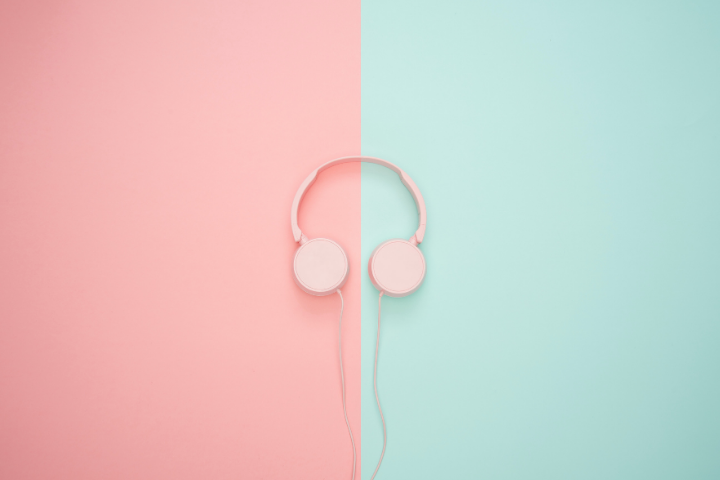When you go down the street, your ears are assaulted by the noise of cars, horns and construction sites. On the bus or in the subway, we suffer from other people’s conversations, cell phones ringing. There is a technology created specifically to eliminate noise without sacrificing too much sound quality, that is noise cancellation.
If you have ever tried to listen to an MP3 player or mobile phone through headphones on an airplane, then you know what we are talking about: the noise of the engines makes it difficult to hear what is being transmitted through the headphones. Noise-cancelling headphones can provide a pleasant listening experience, as they reduce the sound around us.
Table of Contents
What Are The Types Of Noise Cancellation?
There are three types of noise cancellation systems. They are: Active, Passive and Adaptive. Technically, any headphone can provide some passive noise reduction. That is because the materials in the headphones block some sound waves, especially those with higher frequencies. The ambient noise is a very important factor that determines the final quality of the sound in headphones.
What Is Active Noise Cancellation?
The ANC (its acronym Active Noise Control) is an active technology to eliminate outside noise. It is achieved by eliminating this outside noise.
Hearing aids of this type detect the external noise signal and recreate it through an electronic circuit by reversing its polarity. As a result, the noise is totally or partially cancelled. In headphones, we will hear the music (the sum of the original signal) with that of the ambient noise. If the headphones have active sound cancellation, there will be an artificial signal that will cancel out that ambient noise. This artificial signal is nothing more than a sound wave created by an electronic circuit.
Coming to the helmets with active cancellation. They must have at least one microphone to detect external noise. Obviously, the cancellation will depend in part on the quality of the microphone, as well as the electronic circuit that copies the noise signal, thus generating a signal identical to the noise, but inverted. Active hearing aids are generally very effective when noise is constant and does not vary in high, mid and low frequencies.
What Is Passive Noise Cancellation?
Passive noise cancellation is the simplest and most commonly used technology in headphones. But It has the disadvantage that it does not completely cancel the external noise, it only attenuates it. The passive noise cancellation system, also called acoustic insulation, ensures that outside sound does not enter our hearing system.
This effect is achieved by putting insulating material between the housing of our headset and the part that will be glued to our ear or ear. It values can go from 8 to 20 dB. This method of noise cancellation may not work best at low frequencies like below 100 Hz but it is the most economical.
The best headphones with this type of system are on-ear and over-ear, also known as supra-aural and circumaural respectively. The in-ear those that are NOT headband, meanwhile, usually have little passive noise cancellation, especially if they do not fit well to the ear.
Which Is The Best Noise Cancellation?
The Best one will always be a sum of the two: active noise cancellation works best with low and mid frequencies, while passive cancellation isolates high frequencies better. So the sum of both will always give the best result in terms of total noise cancellation.
The cups of over-ear passive these headphones are usually made with rubber layers that increase the weight of the headphones in order to reduce noise by between 15 and 20 dB. These isolations of in-ear and over-ear headphones (in-ear and over-ear) have their limitations. For example, an airplane engine can generate noise of up to 80 dB, so the insulation is insufficient. If you really want to cancel noise, the solution is to buy headphones with active noise cancellation. They do the same as liabilities but more efficiently.
They create a barrier that cancels out high waves and also has electrical systems that allow them to erase low frequencies. As a simple and cheap option, we can consider some earphones or plug, which if they fit well will isolate us from a good part of the noise. If we want almost total noise cancellation and the size or price of the hearing aid is not an issue, then it is better to buy active noise-cancelling headphones.
